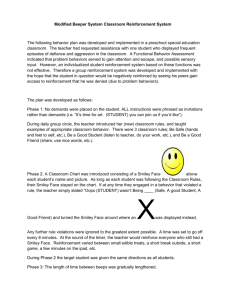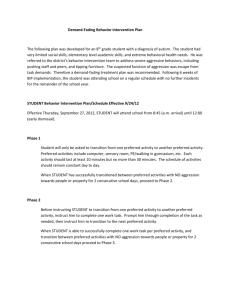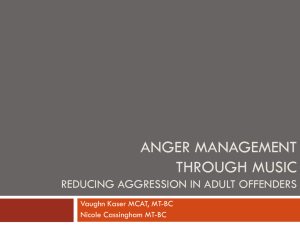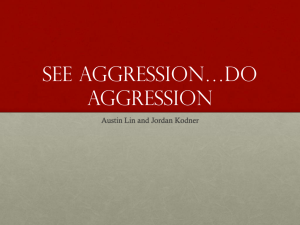Discuss psychological explanations of two or more forms of
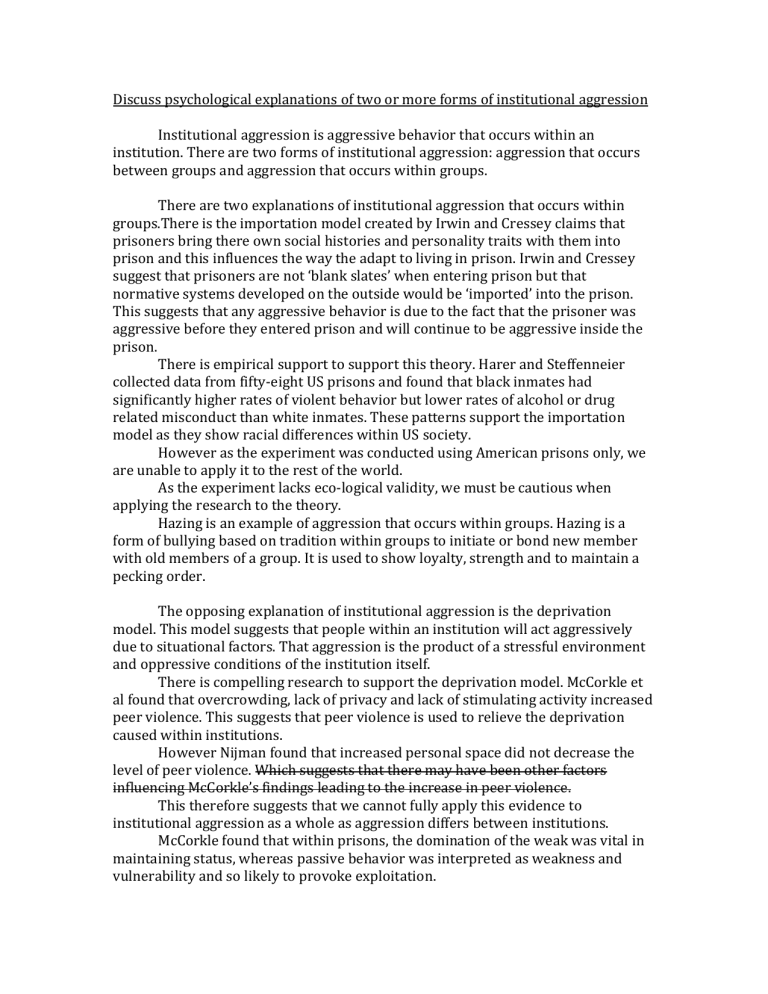
Discuss psychological explanations of two or more forms of institutional aggression
Institutional aggression is aggressive behavior that occurs within an institution. There are two forms of institutional aggression: aggression that occurs between groups and aggression that occurs within groups.
There are two explanations of institutional aggression that occurs within groups.There is the importation model created by Irwin and Cressey claims that prisoners bring there own social histories and personality traits with them into prison and this influences the way the adapt to living in prison. Irwin and Cressey suggest that prisoners are not ‘blank slates’ when entering prison but that normative systems developed on the outside would be ‘imported’ into the prison.
This suggests that any aggressive behavior is due to the fact that the prisoner was aggressive before they entered prison and will continue to be aggressive inside the prison.
There is empirical support to support this theory. Harer and Steffenneier collected data from fifty-eight US prisons and found that black inmates had significantly higher rates of violent behavior but lower rates of alcohol or drug related misconduct than white inmates. These patterns support the importation model as they show racial differences within US society.
However as the experiment was conducted using American prisons only, we are unable to apply it to the rest of the world.
As the experiment lacks eco-logical validity, we must be cautious when applying the research to the theory.
Hazing is an example of aggression that occurs within groups. Hazing is a form of bullying based on tradition within groups to initiate or bond new member with old members of a group. It is used to show loyalty, strength and to maintain a pecking order.
The opposing explanation of institutional aggression is the deprivation model. This model suggests that people within an institution will act aggressively due to situational factors. That aggression is the product of a stressful environment and oppressive conditions of the institution itself.
There is compelling research to support the deprivation model. McCorkle et al found that overcrowding, lack of privacy and lack of stimulating activity increased peer violence. This suggests that peer violence is used to relieve the deprivation caused within institutions.
However Nijman found that increased personal space did not decrease the level of peer violence. Which suggests that there may have been other factors influencing McCorkle’s findings leading to the increase in peer violence.
This therefore suggests that we cannot fully apply this evidence to institutional aggression as a whole as aggression differs between institutions.
McCorkle found that within prisons, the domination of the weak was vital in maintaining status, whereas passive behavior was interpreted as weakness and vulnerability and so likely to provoke exploitation.
This therefore suggests that aggression was caused by a fear of being seen as vulnerable. And the fear was due to being placed in an institution, in this case prison.
The other form of institutional aggression occurs between groups. This theory focuses mainly on trying to explain genocide. Genocide is the systematic killing of a racial or cultural group - for example the murder of six million Jews by
Nazis during World War 2. There are two explanations of genocide: Dehumanization or Role of Bystanders and Obedience to authority.
Dehumanization or Role of Bystanders suggests that if the target group is dehumanized, its members are seen as worthless animals and so we may not consider our actions morally. The Role of Bystanders suggests that by doing nothing we are allowing the killing to continue and this may cause an escalation due to implied apathy or consent.
There are real life examples of dehumanization that took place in Rwanda that lead to thousands of members of the Tutsi tribe being murdered. One of the believed reasons for this is that the neighboring Hutu tribe continuously referred to the Tutsi tribe as ‘cockroaches’ on the influential Hutu radio station.
However dehumanization can also be used to explain violence against immigrants. Esses et al also support this statement as he found that individuals high in Social Dominance Orientation have a tendency to dehumanize out-group members and in particular foreign refugees and asylum seekers.
This therefore suggests that dehumanization can be used to explain several aspects of institutional aggression between groups.
The second explanation is obedience to authority. Milgram believed that the holocaust was mainly the result of pressures that forced Nazi soldiers to obey orders regardless of any personal moral cost. Milgram argues that if so many participants in his study can administer painful electric shocks to a victim simply because they were told to do so by someone in authority, then the Nazi regime would have no trouble making soldiers kill innocent people.
However Mandel rejects Milgram’s claims that obedience to authority was sufficient to cause the behavior of the Holocaust perpetrators. Mandel argues that
Milgram’s account does not take into consideration other factors and therefore is a weak argument.
For example, Goldhagen suggests that the main cause of the elimination of millions of Jews was due to the fact that anti-Semitism was so deeply in-built into the German people.
This therefore discredits Milgram’s supporting evidence that obedience to authority was the cause of the mass killing of Jews.





